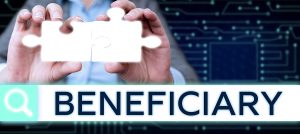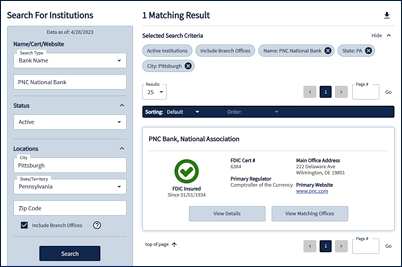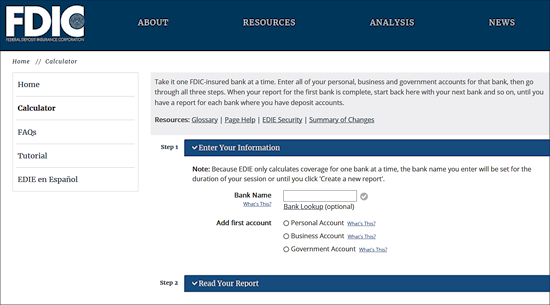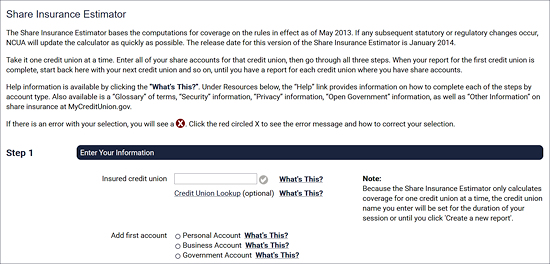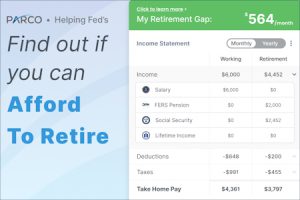Posted on Friday, 16th June 2023 by Dennis Damp
 Print This Post
Print This Post
I discussed the spousal and non-spousal beneficiary issues with a TSP representative last week to substantiate the following inherited account guidelines. When an annuitant or surviving spouse dies the TSP sends out a determination package to beneficiaries. They set up a survivor account for spouses or a temporary account for non-spousal beneficiaries that can be accessed using My Account on TSP.gov.
Notifying the TSP
When a TSP participant dies while still actively employed in federal service, the employing agency informs the TSP.
If a participant dies after separating from federal service or is the account holder of a beneficiary participant account, the participant’s survivors should contact the TSP using one of the following Thriftline Services:
Phone:
- 1-877-968-3778 (United States, toll-free)
- +1-404-233-4400 (outside the United States, not toll-free)
- 7 a.m. – 9 p.m. eastern time, Monday through Friday
Fax:
1-866-817-5023 (United States)
+1-276-926-8948 (outside the United States)
Mail:
Thriftline Service Center
c/o Broadridge Processing
PO Box 1600
Newark, NJ 07101-1600
Order of Precedence
When an employee or annuitant dies their account is distributed in accordance with the beneficiaries that were established before their death. If no beneficiaries are designated, the funds are distributed in the order of precedence required by law:
- To your spouse
- If none, to your child or children equally, with the share due any deceased child divided equally among that child’s descendants
- If none, to your parents equally or to your surviving parent
- If none, to the appointed executor or administrator of your estate
- If none, to your next of kin who is entitled to your estate under the laws of the state in which you resided at the time of your death
Beneficiary Determination
The TSP determines the beneficiaries and mails them a notice of their beneficiary status. They establish a TSP account for each beneficiary, and send the beneficiaries the TSP Payment Rights Notice that explains the beneficiaries’ tax obligations.
Spouse Beneficiary of A Deceased Annuitant
The TSP establishes a Beneficiary Participant Account (BPA) in the spouse’s name. Money in the beneficiary participant account stays invested as it was in the deceased participant’s account except for any money the participant had invested in the mutual fund window.
Funds invested in the mutual fund window will be reinvested in TSP funds according to the deceased participant’s investment election on file. The funds in a beneficiary participant account aren’t subject to federal income tax withholding until it is withdrawn.
The spouse must go online to set up their account using the new account number they provide, and manage the account as they wish: reallocate funds, make withdrawals, convert the account to an annuity if desired, and view their account history.
Note: This provision is not available for a spouse beneficiary of a beneficiary participant account (i.e., the spouse of a remarried beneficiary participant).
Non-spouse Beneficiary of a Deceased Annuitant
Non spousal beneficiaries of an annuitant can roll over their temporary account to an inherited IRA with another company such as Fidelity or Vanguard to avoid a large tax bill the year of the inheritance.
According to the TSP’s Death Benefits Guide, “A beneficiary who isn’t a surviving spouse cannot retain a TSP account. The TSP establishes a 90-day temporary account for the non-spouse beneficiary. Payment from this account will be made directly to a non-spouse beneficiary or to an “inherited IRA.”
Caution
There are situations that can create a large tax bill the year of the inheritance for beneficiary temporary account holders. If the beneficiary dies before electing to transfer their temporary account to an inherited IRA, all of the funds must be distributed immediately to the beneficiaries listed on their temporary account. The funds can’t be rolled over to an inherited IRA.
A temporary account is set up for non-spouse beneficiaries that can be accessed through My Account on tsp.gov to roll over a death benefit payment to an inherited IRA. They can also request a disbursement via a check or deposited directly into a checking or savings account within 90 days.
If the beneficiary doesn’t make a payment election within the allocated time after receiving the determination package, the account will be cashed out via check. A TSP death benefit paid directly to a non-spouse beneficiary can’t be rolled over in to an IRA or plan!
Beneficiaries of the spouse’s Beneficiary Participant Account (BPA) are not afforded this same option, this is discussed in next week’s article titled, “Inherited TSP Account – Revisited.
The Mutual Fund Window
Another concern is the mutual fund window conversion for spousal accounts. When an annuitant dies, the TSP liquidates any funds invested in the mutual fund window and reinvests the funds in TSP funds according to the deceased participant’s investment election on file.
From my perspective, it would be better to keep the entire account as it was originally invested. If the market is down, you won’t be able to recover those losses as the market recovers. Mutual funds are typically purchased for core accounts long term and this may disrupt account diversification. The spouse can reactivate the mutual fund window in their new account and repurchase the mutual funds if desired.
Many financial planners suggest transferring TSP accounts held by annuitants with non-spousal beneficiaries or surviving spouse account holders to an IRA to avoid these potential pitfalls.
Conclusion
I’ve been satisfied with the TSP’s low fund fees and performance since its inception. Plus, the government bond fund (G Fund) has competitive yields and is guaranteed to never decrease in value. It’s a great place to stash your cash reserves in times like this and returned 3.73 percent over the past 12 months, 4.66 percent since its inception.
The Total Bond Index that tracks U.S. investment-grade bonds, corporate and government debt, lost more than 13% in 2022. Long term Treasuries lost 39%!
Note: If you hold individual Treasury bills, notes or bonds to maturity, or for that matter most triple-A rated corporate bonds, your investment won’t be impacted. Only those who have to sell them on the secondary market can take a loss when the yields on new bonds, at the time of the sale, are higher than the bonds you purchased.
The reverse is also true, if the yields on new bonds are lower than the ones you now hold you can often sell them on the secondary market for a profit.
I don’t use the mutual fund window because of the high transaction costs and have Fidelity and Vanguard brokerage accounts for equity and mutual fund purchases.
There are significant reasons for annuitants and survivors with BPA accounts to consider moving their TSP assets to an IRA. The next article discusses this issue in detail.
Here are several articles that may help you decide what path to take:
- TSP – Ways to Safeguard Your Heirs Inheritance
- Which Way is Up – A Retiree’s Conundrum
- Preserving Your Assets (The TSP Rebalancing Act)
Helpful Retirement Planning Tools
- Retirement Planning for Federal Employees & Annuitants
- The Ultimate Retirement Planning Guide – Start Now
- Deciding When To Retire – A 7-Step Guide
- Annuity Expectations – Before and After
- TSP Guide
- Budget Work Sheet
- Medicare Guide
- Social Security Guide

Disclaimer: The information provided may not cover all aspect of unique or special circumstances, federal regulations, medical procedures, and benefit information are subject to change. To ensure the accuracy of this information, contact relevant parties for assistance including OPM’s retirement center. Over time, various dynamic economic factors relied upon as a basis for this article may change.
The advice and strategies contained herein may not be suitable for your situation and this service is not affiliated with OPM or any federal entity. You should consult with a financial, medical or human resource professional where appropriate. Neither the publisher or author shall be liable for any loss or any other commercial damages, including but not limited to special, incidental, consequential, or other damages.
Tags: Inherited IRA, Non-Spouse Beneficiary, Spouse Beneficiary, TSP beneficiaries, TSP Spousal Accounts, TSP Temporary Accounts
Posted in ANNUITIES / ELIGIBILITY, BENEFITS / INSURANCE, ESTATE PLANNING, FINANCE / TIP, RETIREMENT CONCERNS, SURVIVOR INFORMATION
Comments (0)|  Print This Post
Print This Post

